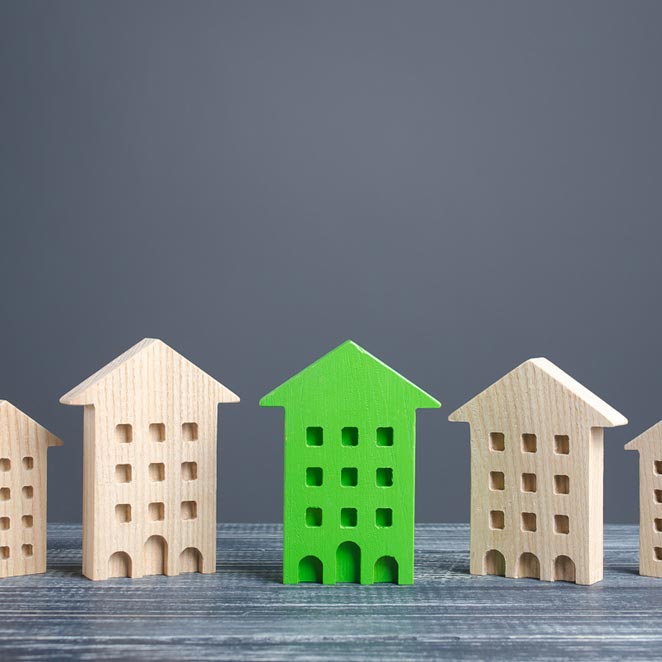Part (L)/nZEB Compliance
Domestic & non-domestic buildings
For domestic dwellings the Building Regulations are currently in a Transition period. That is to say whether you are building a one-off house or working on a multi-unit development you will have to complete it either under the 2011 Part (L) or 2019 nZEB/Part (L) Regulations.
The transition dates expire by 1st November 2020!
nZEB (nearly Zero Energy Building) is a description of overarching energy efficient regulations and it is the next part of a movement towards a point where buildings as they are constructed will have a substantial and verifiable part of their energy being derived within or on their own footprint.
In essence it defines a building with a very high energy performance.
The nearly zero or very low amount of energy required should be covered to a very significant extent by energy from renewable sources, including energy from renewable sources produced onsite or nearby.
For domestic dwellings the transition depends on when you applied (not Granted!) for Planning Permission.
Planning on or before 31st October 2019 and which will be substantially complete (i.e. the structure of the external walls of the dwelling have been erected) by 31st October 2020 is to be built to the 2011 Part (L).
If Planning was applied for after 1st November, 2019 then dwellings have to be constructed to the nZEB/Part (L).
The introduction of nZEB is the next step in a journey which began back in 2005 and which continues to improve construction energy standards.
A dwelling being built now will require some 70% less energy and produce proportionally less CO2 than the same building size/footprint in 2005.



